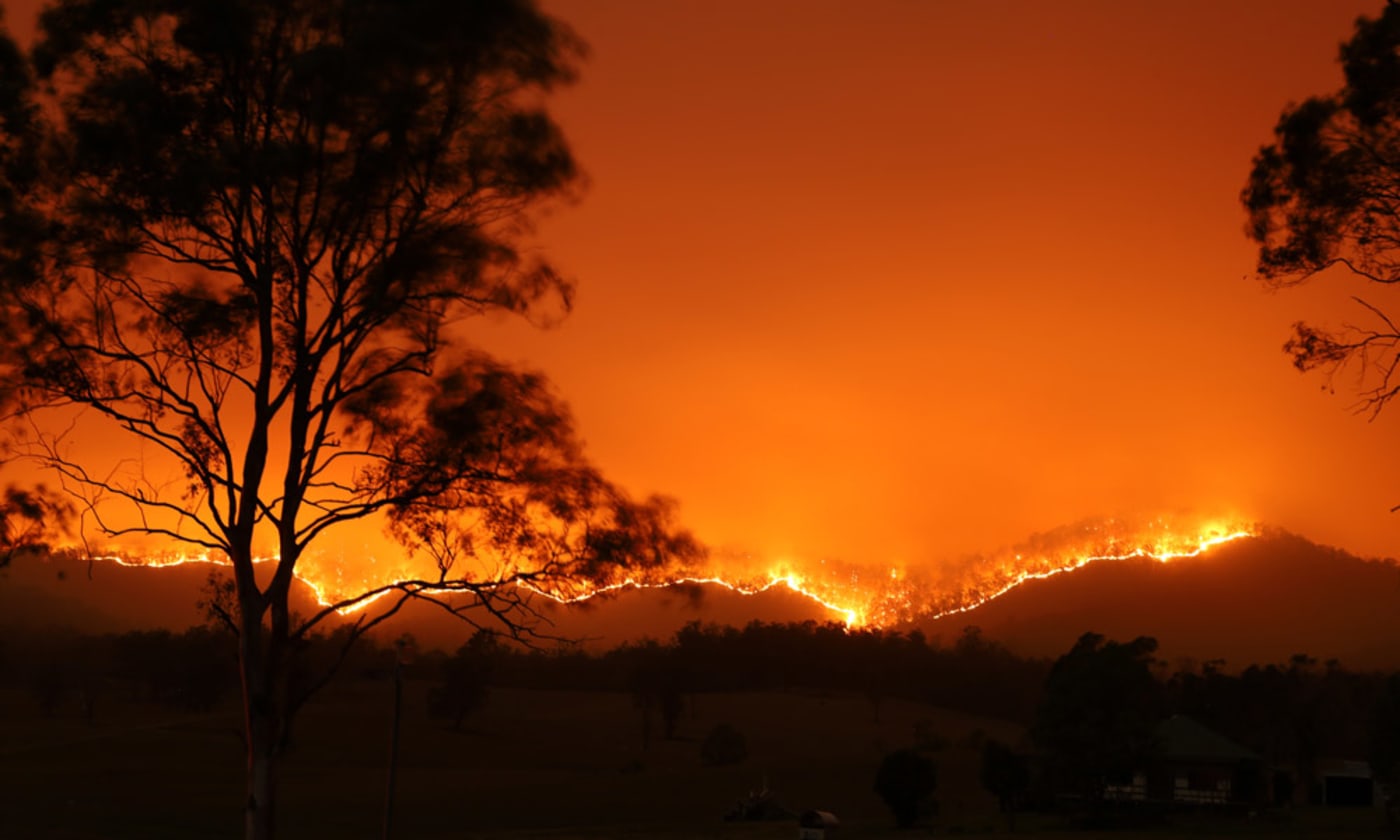Proactive Property Security: Leveraging the Insights of a BAL Report
Proactive Property Security: Leveraging the Insights of a BAL Report
Blog Article
Ensuring Bush Fire Defense Via Appropriate BAL Report Evaluation
In the world of bush fire security, the thorough analysis of Bushfire Strike Degree (BAL) reports stands as a keystone for guarding buildings versus the disastrous influence of wildfires. With ecological aspects and property features playing considerable duties in determining the degree of threat, a comprehensive understanding of BAL rankings comes to be important.
Comprehending Bushfire Strike Level (BAL)
In the world of bushfire defense, comprehending the Bushfire Attack Degree (BAL) is paramount for making sure effective mitigation techniques. BAL is a system used to determine the possible threat a structure might deal with from a bushfire. It thinks about elements such as the sort of greenery, the incline of the land, the Fire Danger Index, and the Fire Extent Index. Recognizing the BAL rating of a residential or commercial property is crucial for property proprietors, home builders, and policymakers to apply ideal steps to protect against bushfire dangers.

Importance of BAL Record Evaluation
A vital aspect in bushfire security planning includes the detailed analysis of BAL reports to evaluate the possible dangers and identify appropriate reduction strategies. BAL reports supply critical information about the potential impact of bushfires on a property based upon different aspects such as plant life type, distance to possible fire threats, and slope of the land. Evaluating these reports with precision is paramount in developing reliable bushfire defense actions customized to the particular risk account of a property.
Implementing Fire Security Actions
Implementing effective fire defense procedures is crucial for guarding homes in bushfire-prone locations. This includes cleaning flammable plant life, such as completely dry fallen leaves and branches, within a certain radius of the residential property.
Additionally, having a sufficient and properly maintained water supply, such as a tank or pool, can assist firefighters in their efforts to safeguard the property. It is essential to have a clear emptying plan in position and to make certain that all locals recognize with the procedures. Additionally, having firefighting tools easily available, such as hoses and fire extinguishers, can assist in dealing with small area fires before they rise. Generally, carrying out a combination of these fire defense steps can significantly increase the possibilities of securing buildings during bushfire events.
Mitigating Threats in Fire-Prone Locations
To fortify residential or commercial properties against bushfire risks, a critical concentrate on mitigating dangers in fire-prone locations is important. Mitigating risks in fire-prone locations entails an extensive method that incorporates various steps to minimize the likelihood and impact of bushfires. One important aspect of threat mitigation is keeping defensible area around properties by clearing combustible plants, making certain ample spacing between trees and frameworks, and utilizing fire-resistant landscape design techniques. Additionally, implementing ember-proofing actions such as setting up metal mesh screens on home windows and covering roof tooth cavities can aid protect against coal assaults and minimize the risk of place fires.
Moreover, building or retrofitting buildings with fire-resistant products and guaranteeing correct maintenance of roofing systems, gutters, and outside cladding can significantly boost the residential or commercial property's resilience to bushfires. Exercising a bushfire and creating emergency situation plan with all owners, including discharge treatments and communication methods, is additionally crucial in mitigating risks effectively. By embracing a proactive method to run the risk of mitigation in fire-prone locations, building proprietors can better protect their properties and enhance total see here bushfire preparedness.
Ensuring Residential Property Safety and Durability
Making sure the security and strength of buildings in fire-prone locations requires a steadfast dedication to durable precautionary actions and tactical planning. Building safety begins with executing efficient actions to decrease fire hazards.
Resilience, on the other hand, entails the capability of a residential or commercial property to recoup and stand up to from a bushfire. This can be boosted via the installment of cinder guards on vents and home windows, making certain that entry points for ashes are lessened. Furthermore, having a well-balanced evacuation plan and exercising it routinely can substantially boost residential or commercial property durability. Teaming up with next-door neighbors and local fire authorities can additionally strengthen the security and durability of residential or commercial properties in fire-prone areas. By proactively dealing with these elements, building owners can much better protect their possessions and liked ones from the threat of bushfires.
Final Thought
In conclusion, ensuring bushfire security with appropriate BAL record analysis is vital for understanding the level of risk presented by bushfires and applying necessary fire protection actions. By web link reducing dangers in fire-prone areas and making certain property safety and durability, communities and individuals can better prepare for and reply to bushfire occasions. It is critical to prioritize fire precaution to secure lives and home in these risky environments.
In the realm of bush fire defense, the meticulous analysis of Bushfire Assault Degree (BAL) reports stands as a cornerstone for guarding residential or commercial properties versus the devastating influence of wildfires (BAL Report). Recognizing the BAL image source rating of a home is essential for home owners, building contractors, and policymakers to execute appropriate steps to protect against bushfire threats

BAL records supply crucial info regarding the possible impact of bushfires on a residential or commercial property based on different aspects such as greenery type, distance to potential fire risks, and slope of the land (BAL Report). Generally, carrying out a mix of these fire security measures can considerably boost the opportunities of guarding buildings during bushfire occasions
Report this page